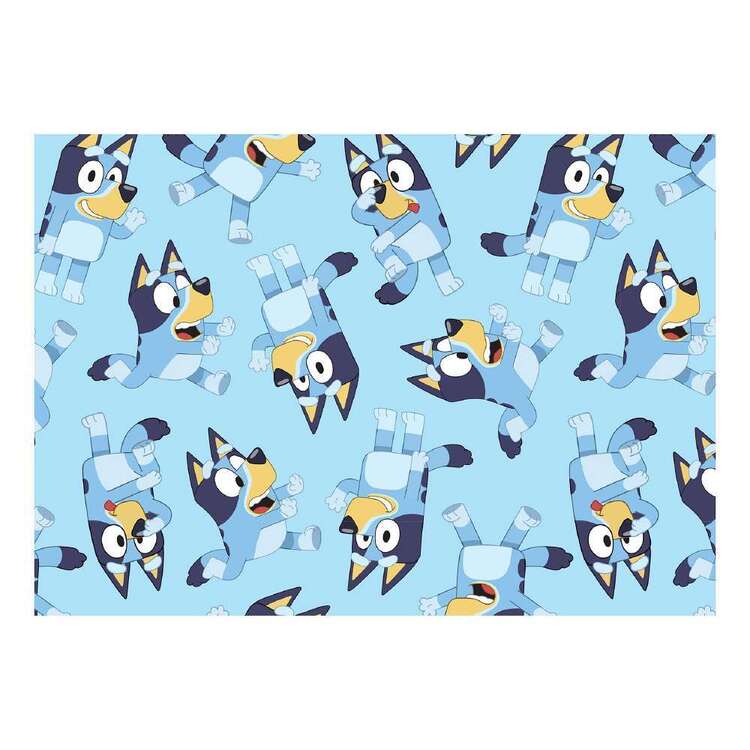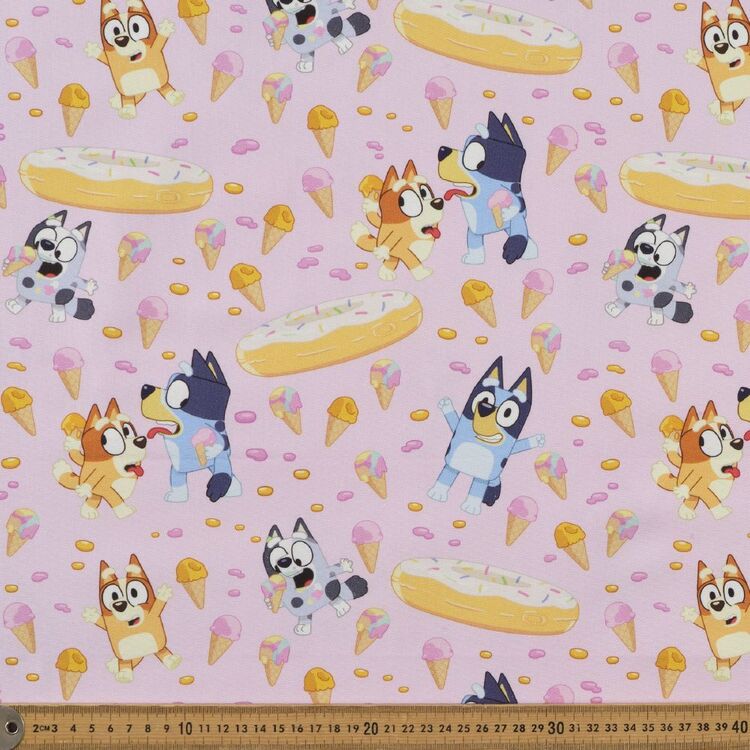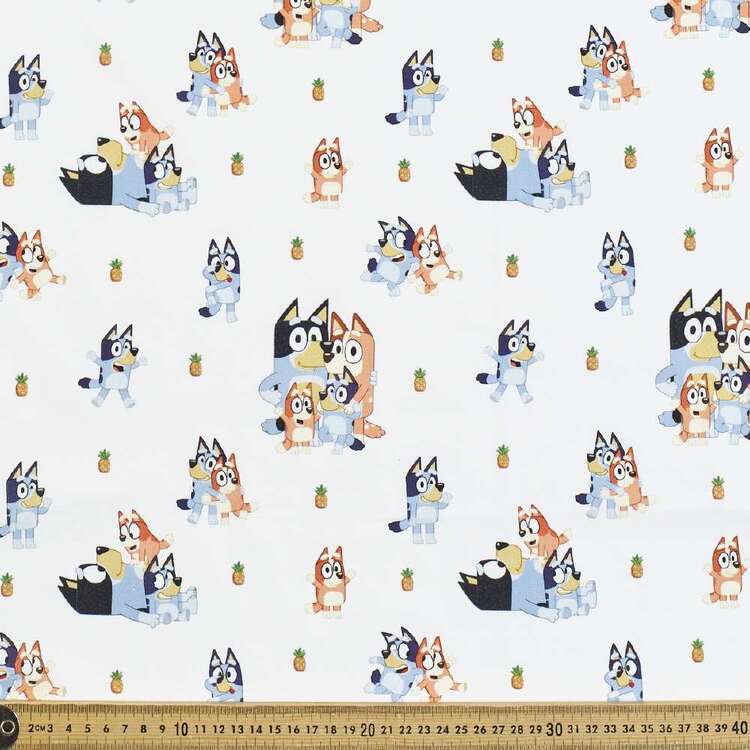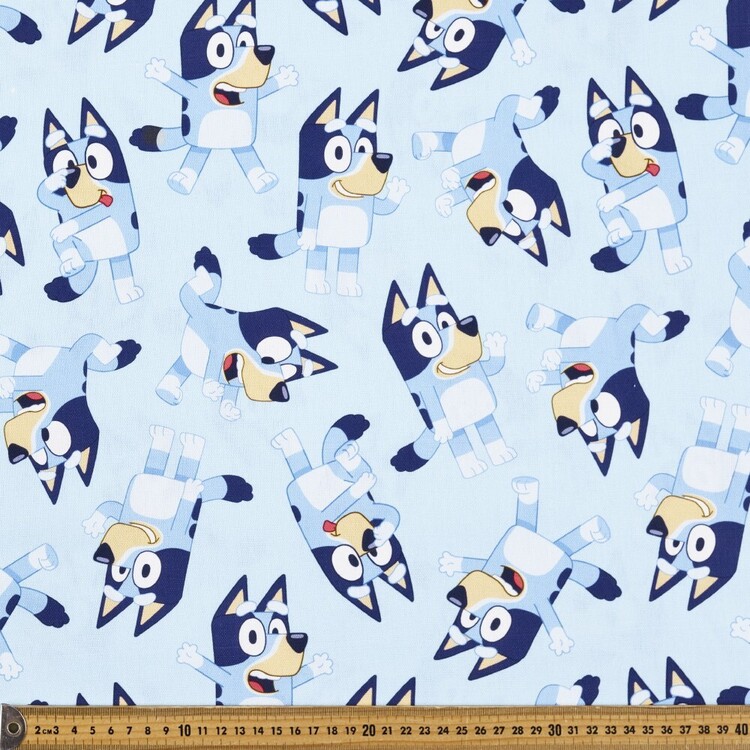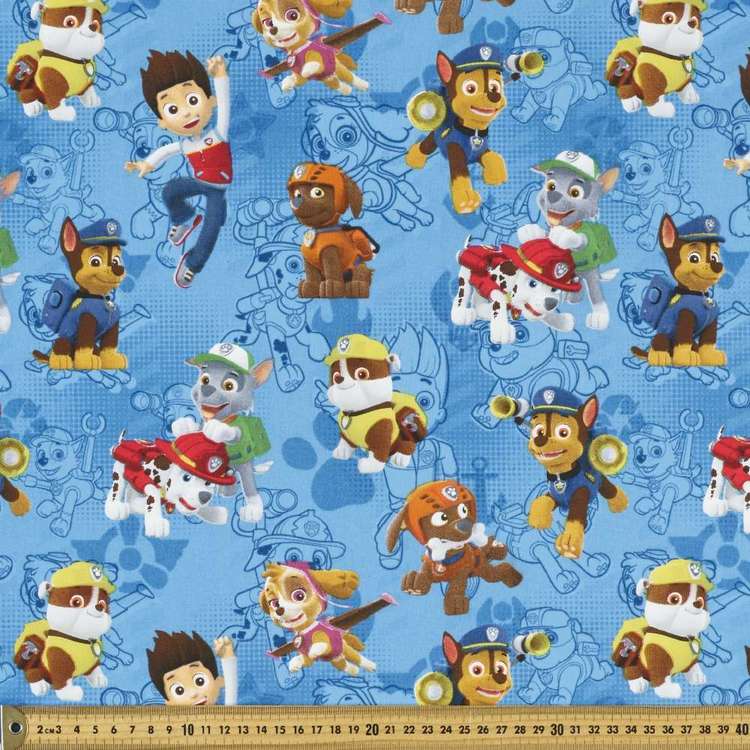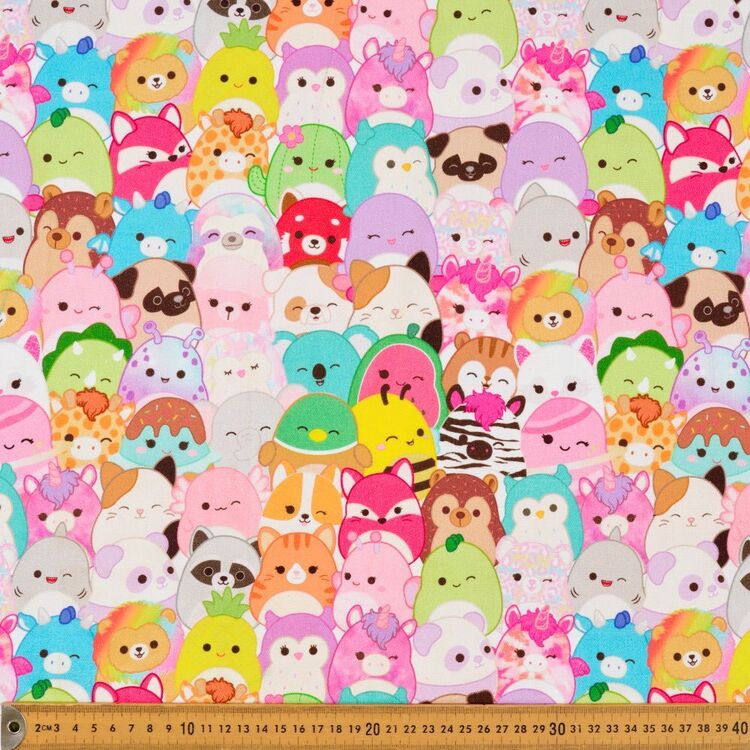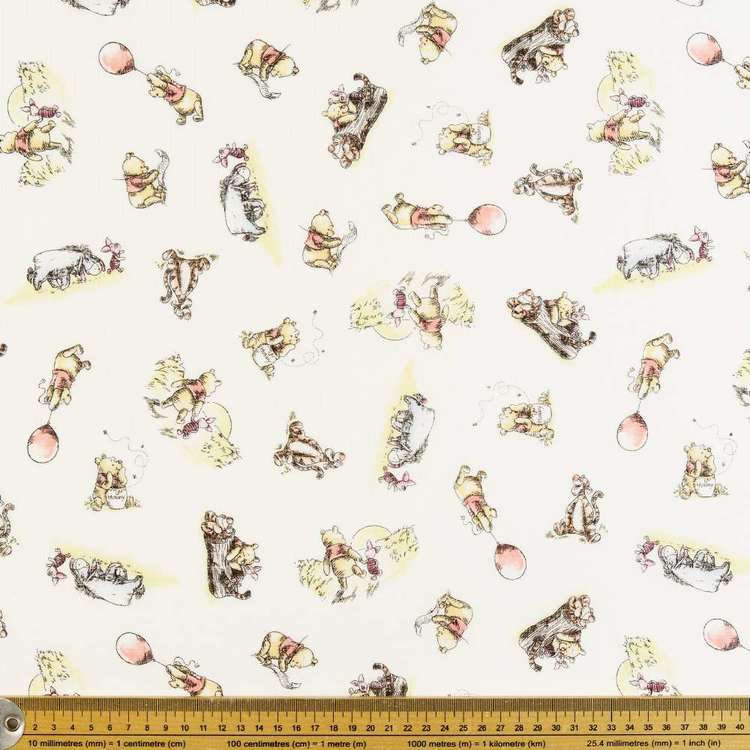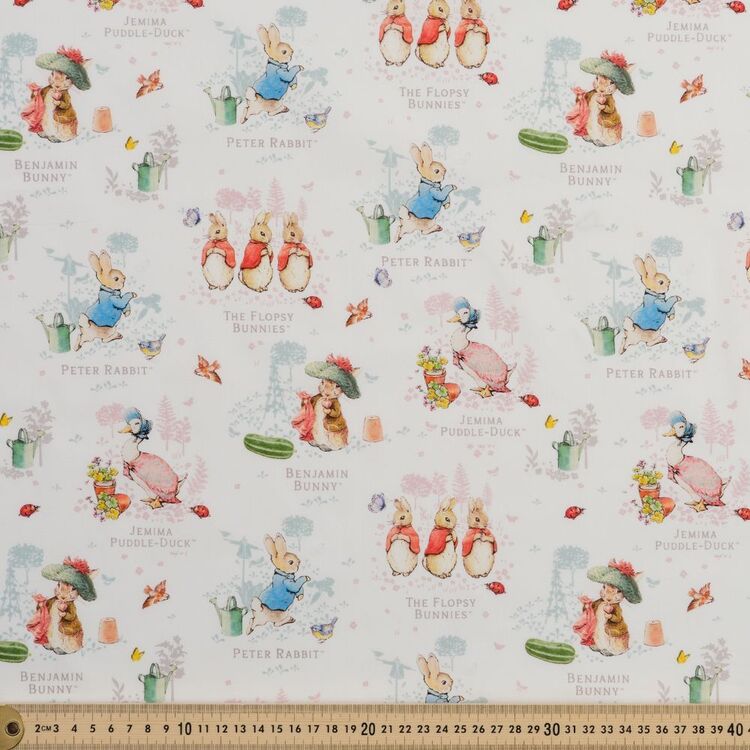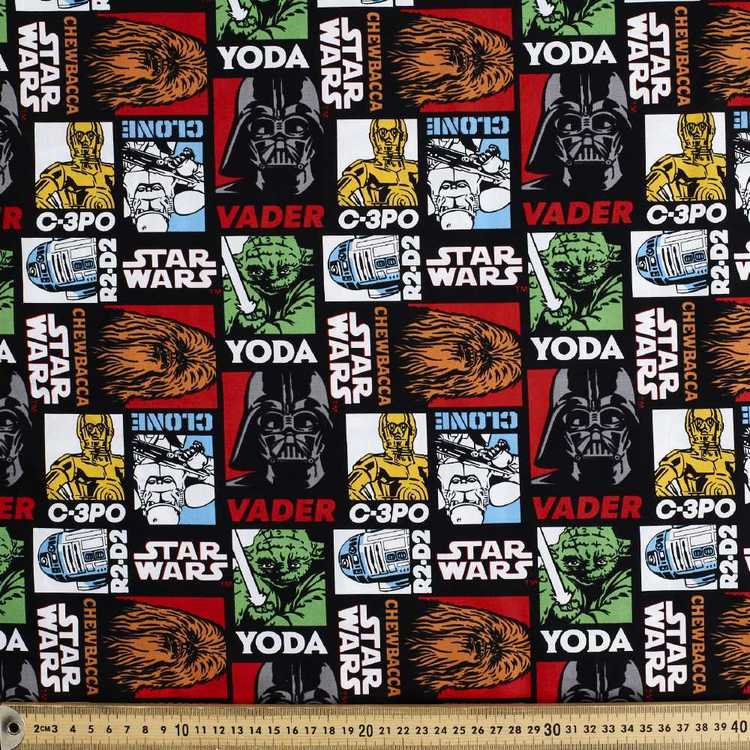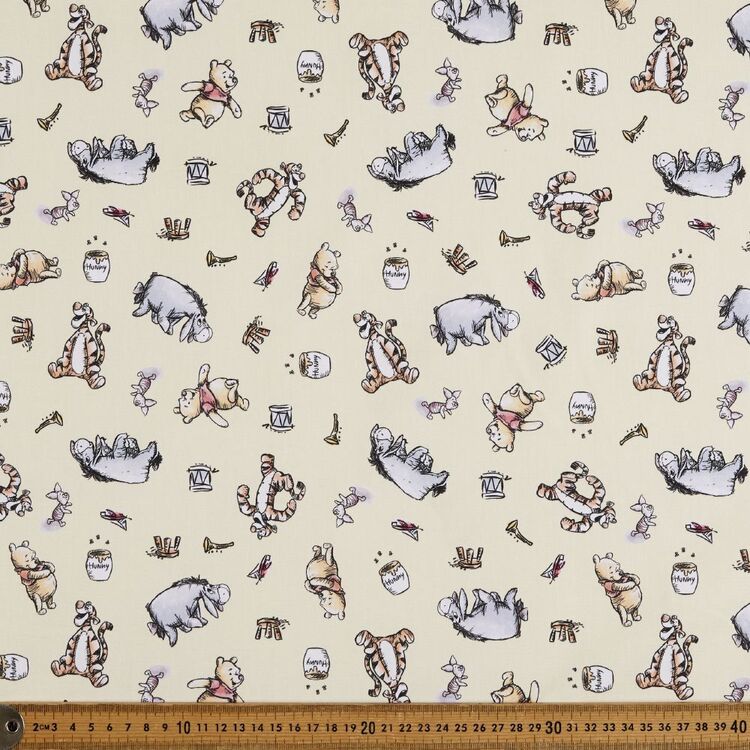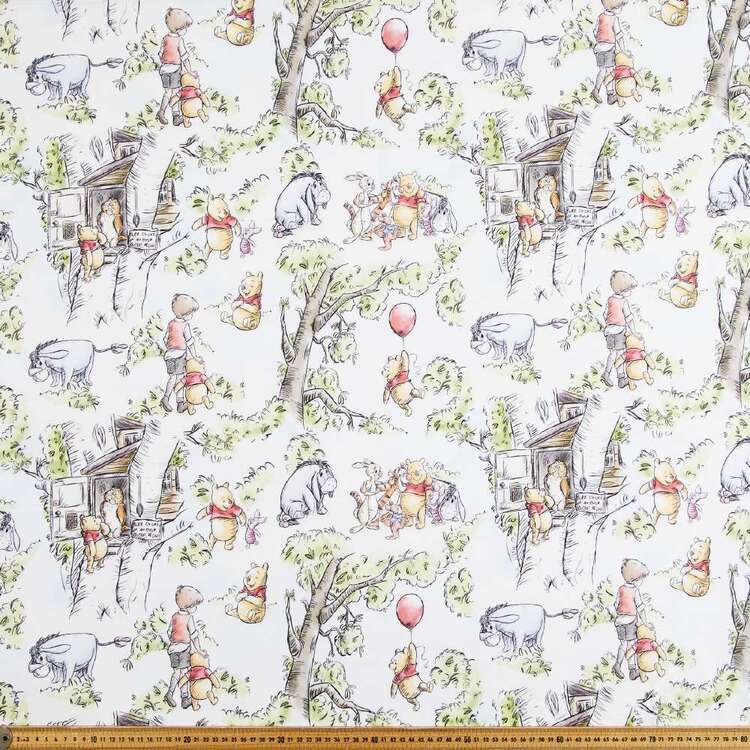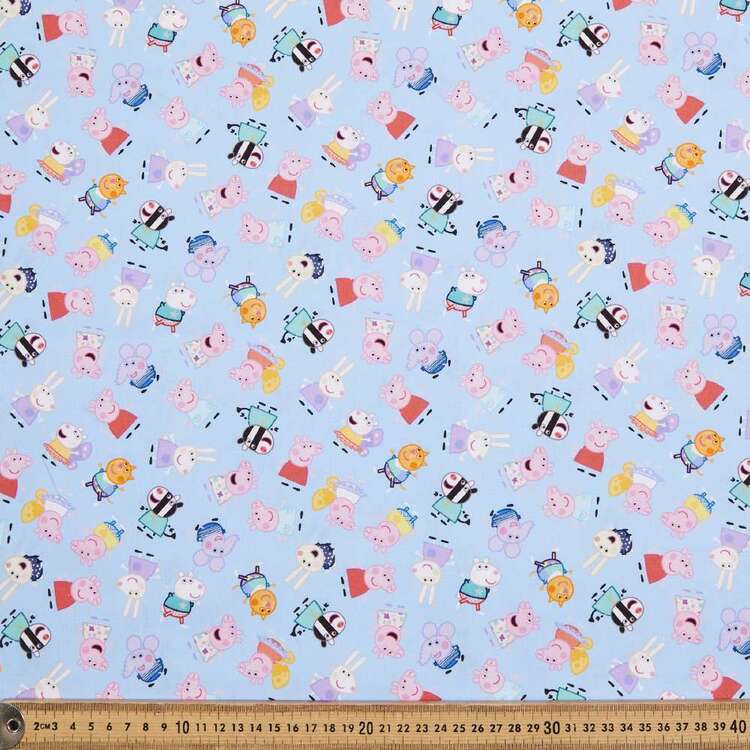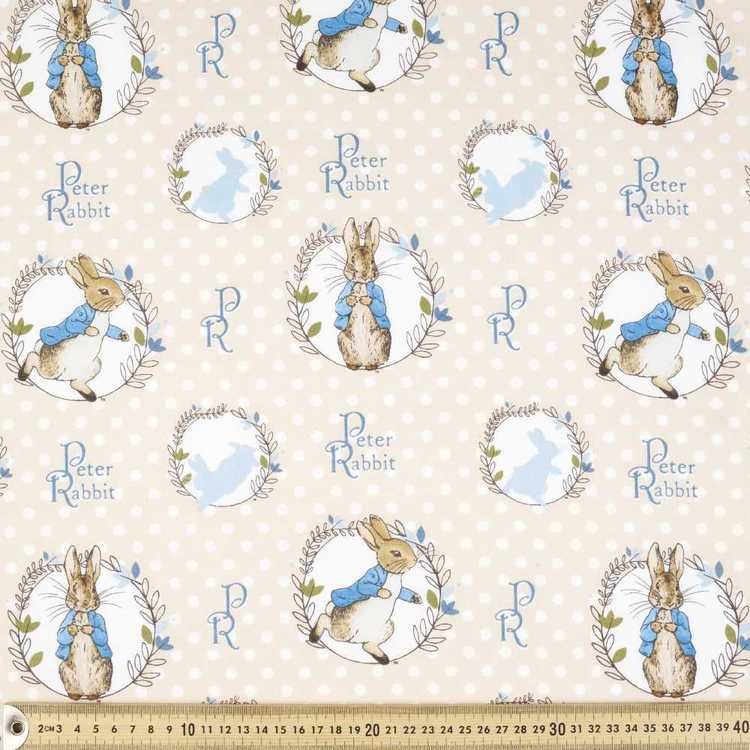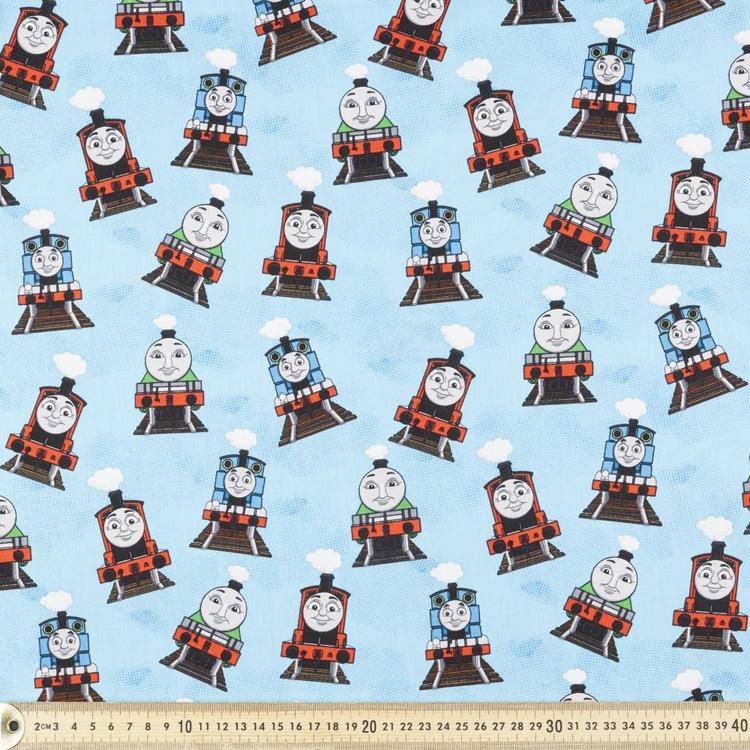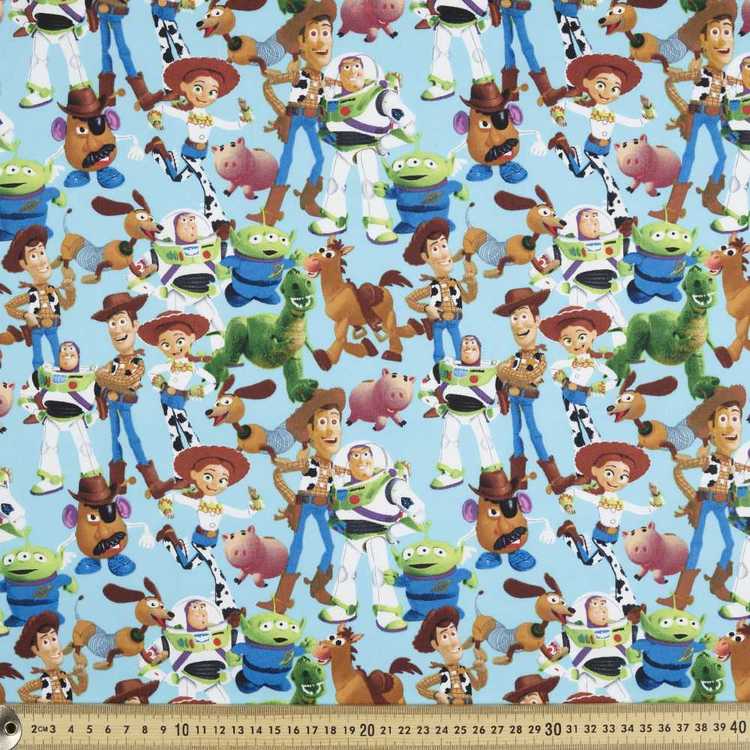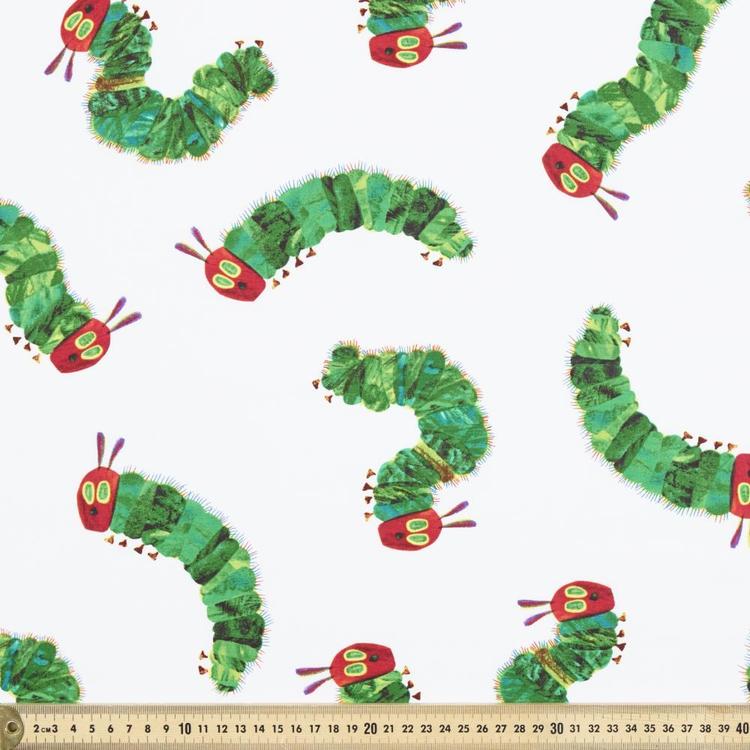 | ||
| Your browser is not supported. | ||
|
Please browse our site using any of the following options:
| ||
Other Licensed Fabric
Looking for something unique for children's apparel or another fun project? Check out Spotlight's licensed character fabrics online or in-store today!
38 items found.
Why You Should Choose Cotton Fabrics For Children's Apparel
There are loads of benefits to choosing cotton fabric for children's apparel. While some of the more straightforward benefits are known regarding this material, there are a bunch of other benefits most parents are not yet aware of. So, be sure to read on if you want to find out more about the advantages of cotton.
Why Choose Cotton For Children's Clothing?
Cotton has numerous benefits for apparel, this includes for adult clothing as well. Firstly, cotton is an extremely breathable material. In other words, this material is unlikely to feel too hot or too cold in spite of the weather conditions.
Another big benefit of cotton for apparel is that it does not hold onto odours. Since children tend to get in all sorts of messes while playing outside or inside the house, this is another benefit that parents should not underestimate.
Cotton clothing has also shown to last a lot longer than most other materials. While it does shrink upon first wash, the material can withstand quite a bit of stretch and it holds its shape without much trouble.
Finally, cotton is also a material that is easy to maintain. Simply put it in the washing machine and the dryer to keep it clean and pristine. And contrary to some other materials, you do not have to worry about pilling.
Does Cotton Have Health Benefits For Children?
There are some health benefits associated with cotton. One of the best-known benefits is the hypoallergenic quality of the fabric fibre, which means this material does not cause allergic reactions or skin irritation.
Cotton is also a popular material for underwear, mainly because it helps to maintain natural PH values and has some infection-resistant properties. As it is also a breathable material, it will keep moisture away from areas prone to infection. Therefore, it is a brilliant material for undergarments.
Wearing cotton garments can also help to regulate body temperature, this is due to the breathability of the fabric fibre. So, even if you wear this material during the summer, it will help to keep your body temperature within the normal range.
Of course, cotton is not solely used for clothing, as the material also proves useful for bed linen. Research has shown that cotton provides a better sleep due to its breathability and temperature regulating temperatures. So, using our cotton fabrics for bed linen can also be a worthy project.
Finally, cotton is also a brilliant fabric for reusable diapers. As mentioned before, this material is less likely to cause skin irritation and easy to maintain. In other words, the perfect material for reusable diapers.
Is Cotton Sustainable?
Cotton is a fairly easy plant to grow, a it does not need a large amount of land and modern farming techniques managed to reduce erosion by approximately 70%.
While processing techniques for cotton were not always on point, environmentally conscious consumers forced cotton farms and manufacturers to adopt new methods. As a result, cotton is more ecofriendly than ever.
To put this into numbers, the average cotton shirt takes 31% less energy to procedure today than it did three decades ago. That is impressive!
Finally, cotton is also a material that is completely biodegradable. So, once your cotton shirt is no longer suitable to wear, it can return to the land and actually contribute to it. As cotton is biodegradable, most cotton is recycled nowadays. This happens through a mechanical process that turns clothing back into yarn and then further into the raw fibre it began with. Quite nifty don't you think?
One thing to look out for is some manufacturers who use pesticides and insecticides to protect their crop. However, the use of these chemicals is kept to an absolute minimum, which can be less than twice a year. Of course, if you wish to avoid these chemicals, you can easily trace the origins of your cotton fabric by brand name.




